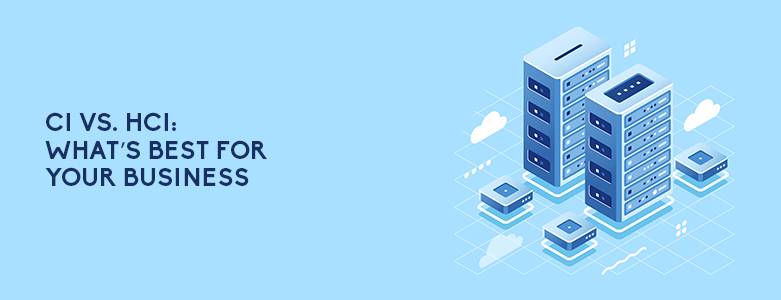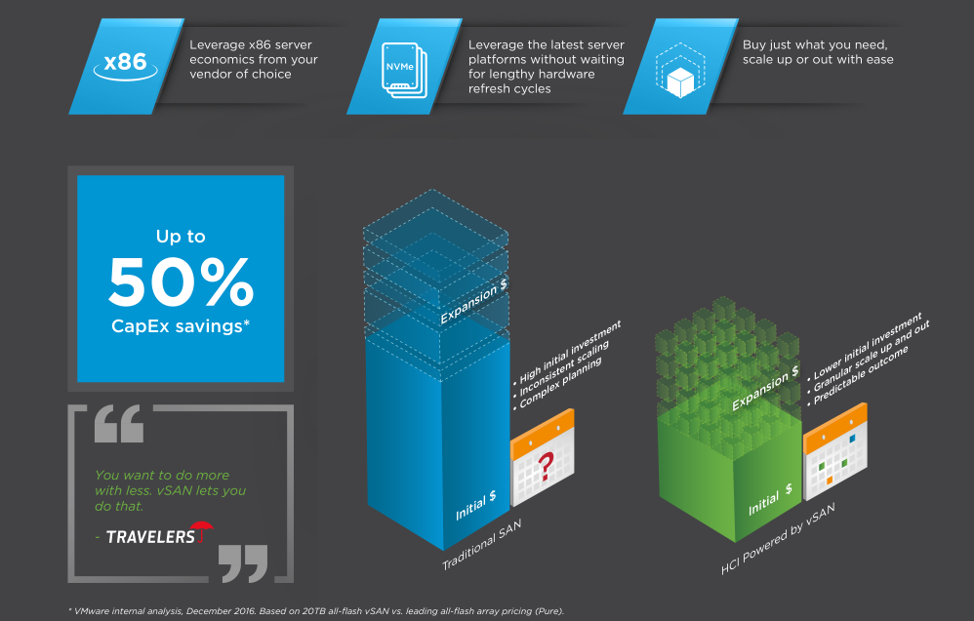CI vs. HCI: What’s Best for Your Business

With advancements in technology, we are seeing more complexity being introduced into most business infrastructures. To lessen this, businesses need to aim to lessen the tasks in setting up and maintaining a proper IT environment for businesses. This is why the concept of Converged (CI) and Hyperconverged infrastructure (HCI) was made to help simplify the […]
Hyperconverge Workshop: A Test-Drive Awaits!
Join us for our upcoming event this coming April 4 at the EDSA Shangri-La Lubang Function Room to learn how you’re IT Infrastructure can become fast, efficient and simple by using HPE Simplivity! Test drive HPE Simplivity and experience for yourself what the platform has to offer for your organization. That’s not all, join our […]
VMware vSAN: The Key Benefits

Our ever-changing marketplace has been forcing organizations to adapt constantly to ensure that they stay competitive, this is more prevalent in an organizations IT. This has brought them to the public cloud to try and increase their business agility while at the same time lowering their costs, but due to data governance, risk mitigation and […]
CT Link Becomes a VMware Enterprise Partner!
On June 29, 2018, CT Link officially signed up to become a VMware enterprise partner. VMware’s core business focuses on support to modernize data centers, integrating public cloud, empowering digital workspaces and transforming security for its clients. These focuses have helped VMware become one of the leading figures in the virtualization software market and a main reason […]
